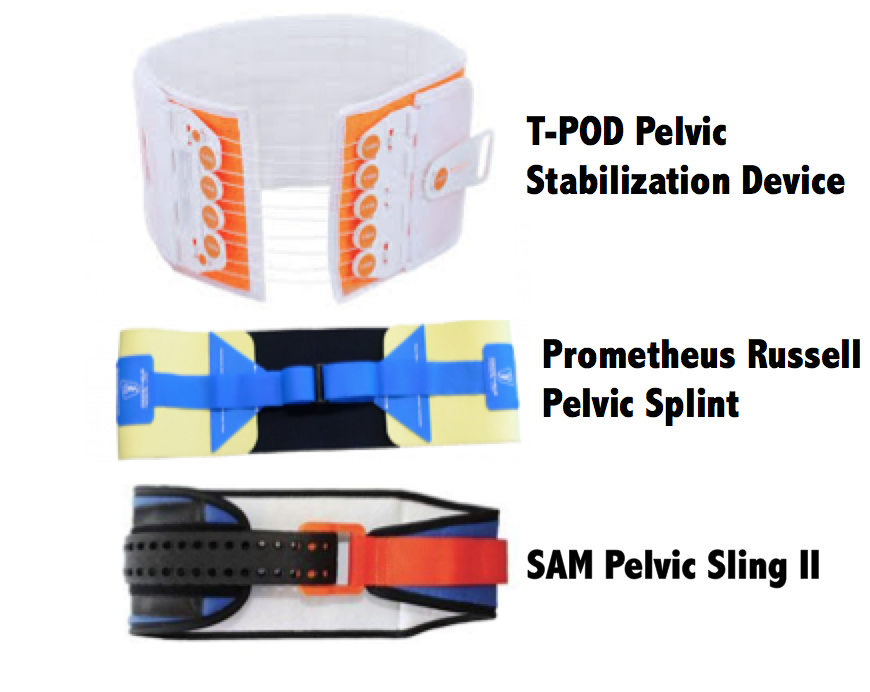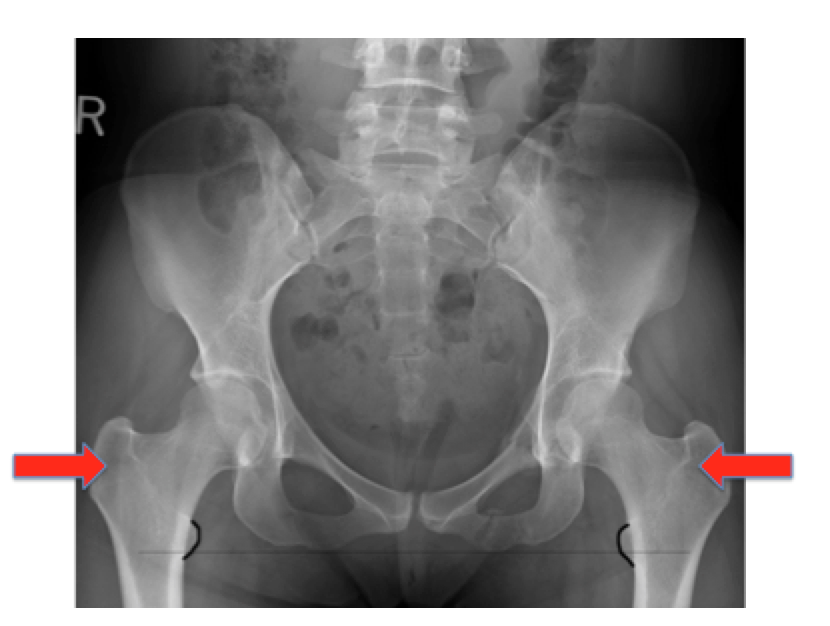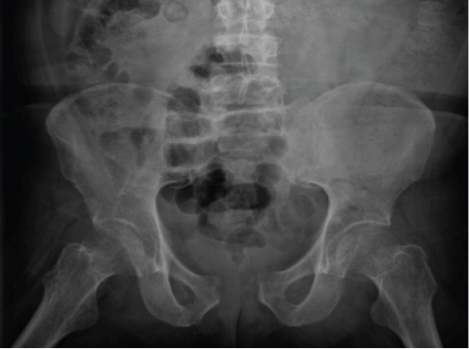PELVIC BINDERS: a thread.
At @nhsuhcw we receive major trauma patients wearing one of the three commercial pelvic binders shown below, applied by our @OFFICIALWMAS @EMASNHSTrust ambulance service or @WNDLRAirAmb @MAA_Charity @MAGPAS_charity air ambulance colleagues:
At @nhsuhcw we receive major trauma patients wearing one of the three commercial pelvic binders shown below, applied by our @OFFICIALWMAS @EMASNHSTrust ambulance service or @WNDLRAirAmb @MAA_Charity @MAGPAS_charity air ambulance colleagues:
Pelvic binders are indicated for a suspected UNSTABLE PELVIC FRACTURE from a HIGH MECHANISM of injury. They reduce venous haemorrhage & keep the fracture still, allowing clots to form. A suggested pre-hospital decision tool from @FPHCEd (2012) is shown below:
Pelvic binders must be applied:
*Direct to skin (not over clothing, including underwear)
*At the level of the greater trochanters
*With the correct tension
*And with no full log-rolling
The most common error is that the binder is applied too high.
*Direct to skin (not over clothing, including underwear)
*At the level of the greater trochanters
*With the correct tension
*And with no full log-rolling
The most common error is that the binder is applied too high.
If a patient arrives without a binder who needs one (very rare) then we position the splint at the correct level on the ED trolley and lay the scoop stretcher/patient on top. When we remove the scoop stretcher we can then fasten the binder.

 Read on Twitter
Read on Twitter







